
9 minute read
Renovating a Bank, Revitalizing a Community
Renovating a Bank, Revitalizing a
Community
With $331 billion in loans to small businesses and $175 billion in loans to farmers and ranchers, it’s no question that America’s banks help build thriving communities. Our country, and our state, is filled with examples of banks helping to build communities not only thrive, but flourish. This is the story of the northeast Arkansas town of Wilson. Nestled along Highway 61, near the banks of the Mississippi, in the heart of cotton country, sits a bustling community, thriving in a region traditionally stricken by poverty. In fact, it was named among USA Today’s “Best Southern Small Towns” of 2017. The village of Wilson began in the late 1880s, built as a home for employees of the Robert E. Lee Wilson family, who owned a logging and sawmill operation, and later a cotton operation. Compared to many “company towns” along the Delta, Wilson kept a high standard of living, providing services and schools for residents. The town’s Tudor architecture provides an eye-catching surprise as you roll along Highway 61. And if you weren’t already welcomed by the roof of the Wilson Cotton Gin, the quaint town square and grassy park are enough to make you feel like you’re standing in the center of Mayberry brought to life. On the northeast corner of that square, sits a bank building that has stood since the early 1950s, originally housing the Bank of Wilson. Earlier this fall, Farmers Bank & Trust of Blytheville finished renovation on the building after purchasing it from Bancorp South in 2016. Keeping with the vintage theme of the town, the renovation centers around an Italian marble interior and teller cages that tie back to the old Liberty Savings Bank & Trust in Memphis.
The unique colored rust, beige, and white with streaks of lavender came from an Italian quarry that was exhausted in the early 1920s. These fixtures stood in the Liberty Savings Bank & Trust until the World War II era, when the bank was set to be torn down. At that time, the Bank of Wilson purchased the building
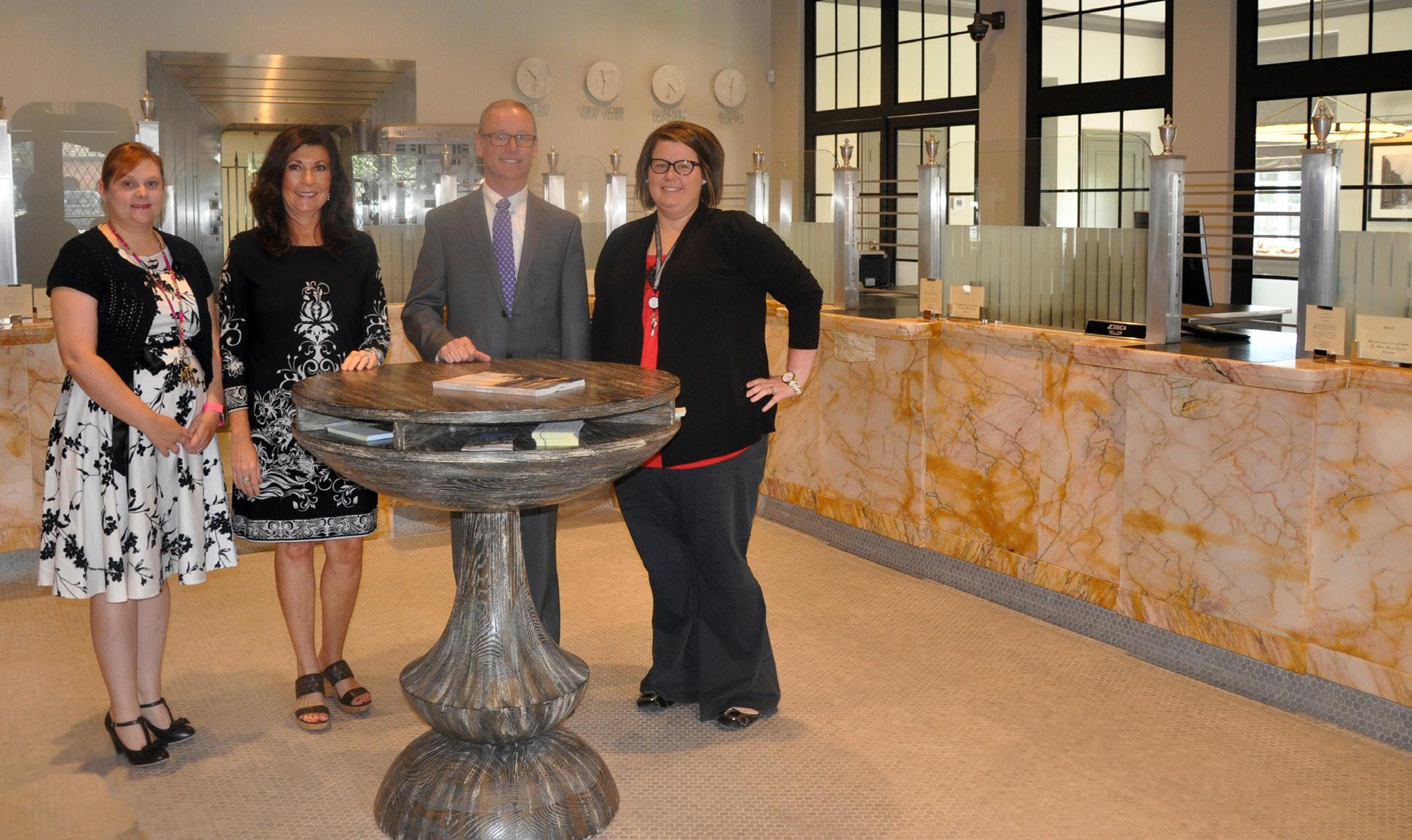
The Arkansas Banker | November 2017 Farmers Bank President & CEO Randy Scott with the staff of the Wilson branch, Pam Senter, Sybil Gunn, and Jessica Nash. While the bank has been newly renovated, the Italian marble and vintage teller cages date back to 1908.
with the sole purpose of utilizing the unique fixtures for its building in Wilson. Interestingly, the Bank of Wilson was the final project of architect George Mahan – his first project had been the Liberty Savings Bank & Trust in 1908. The renovation and re-decoration includes new fixtures and finishes, coordinating marble accents, historical photos from Wilson, and even some pieces of the town’s original form of currency. The design firm was careful to keep period touches, including arched doorways, but added an industrial feel with the tiled ceiling, sleek black and grey coloring, and some exposed beams, combining a contemporary twist with the traditional design of the building’s era. “It’s kind of like a step back in time, yet it’s very modern too,” said Randy Scott, President & CEO of Farmers Bank & Trust. The retro-yet-modern feel extends throughout the town – from the restored gas station along Highway 61 (which isn’t a gas station any more, we’ll get to that later), to the housing. “There’s been a lot of older, run down homes that have been torn down – that improved the neighborhood already – and then somebody will want to come in and
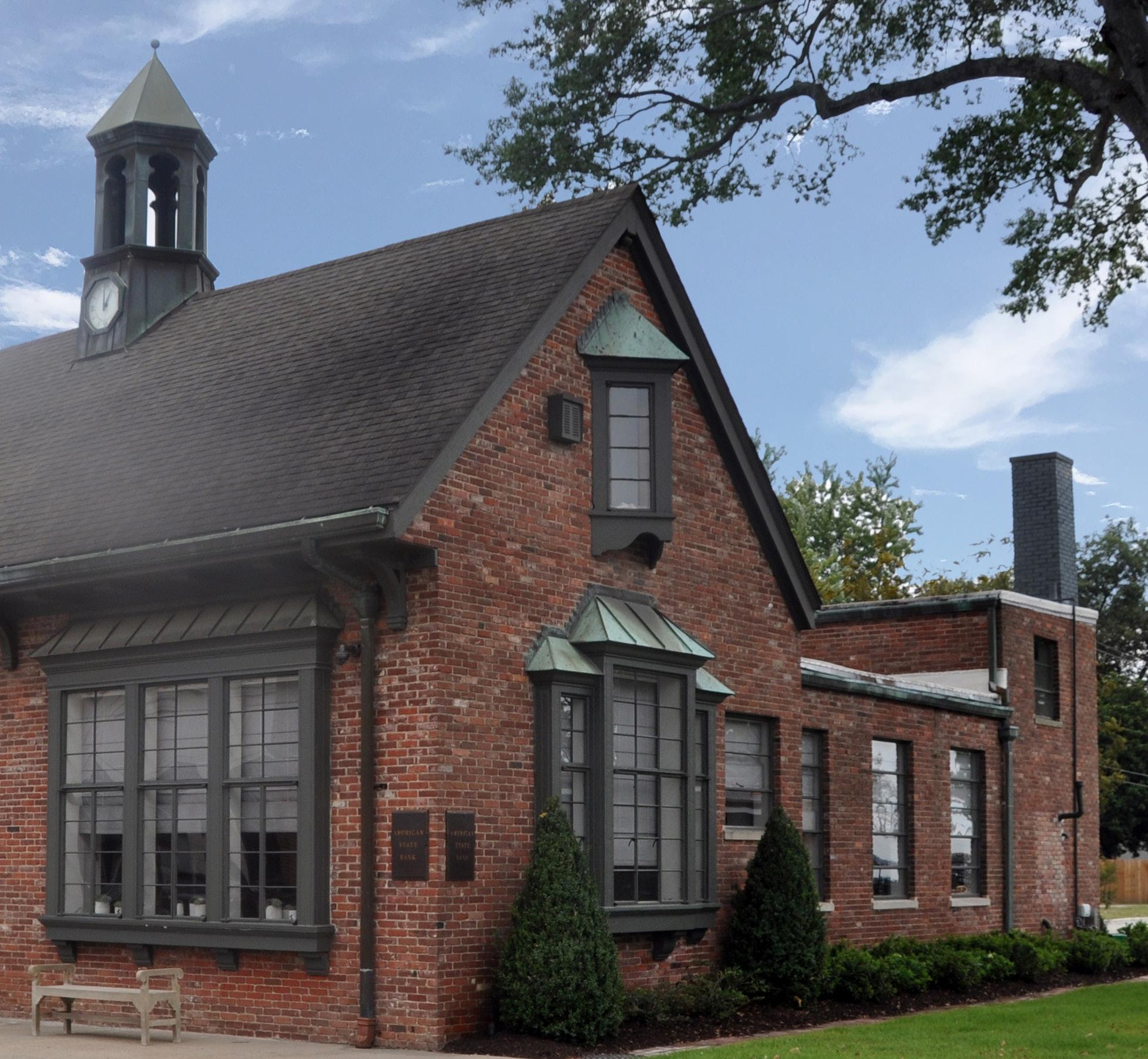
buy it and build there,” Scott explained. “The city council recently put in place some stricter zoning requirements to improve curb appeal for the entire town.” Scott notes that it was only fitting that Farmers Bank expand to Wilson to help the rebirth of that community. “We’re headquartered in Mississippi County – all of our branches except the Tennessee branches – are in Mississippi County. We branched west into Manila, and then it was natural for us to branch down south to Osceola or Wilson. With Gaylon’s headquarters in Wilson, it seems a natural fit for Farmers Bank,” he said.
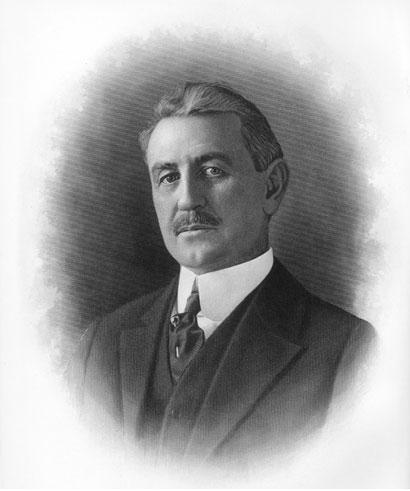
Meet “Boss Lee” Robert E. Lee Wilson (1865-1933) R.E.L. Wilson began his agricultural empire while still in his teens. His unique blend of work ethic and imagination led him to be one of the most influential Arkansas landowners of his time. He established the Bank of Wilson in 1908, which helped sustain his enterprises through a series of challenges including floods, droughts, and the Great Depression. At the time of his death, Wilson’s plantation had grown to 65,000 acres. Wilson’s predecessors, R.E.L. Wilson, Jr., and R.E.L. Wilson III continued in the mogul’s tradition of diversification and continued to grow the family business by expanding into seed and chemical companies, mills, and vegetable farming.
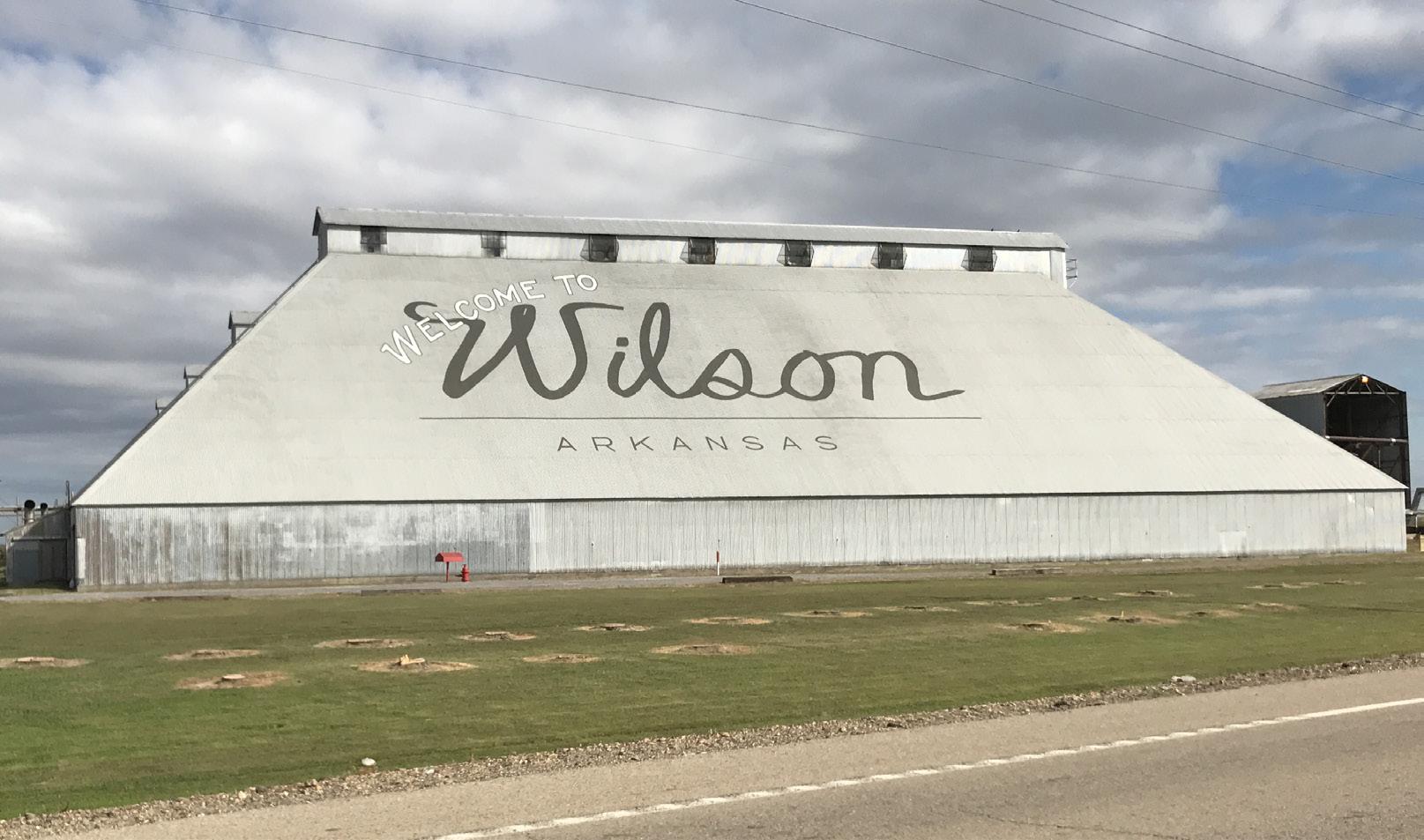
Click here to learn more about the Northeast
Arkansas town of Wilson!
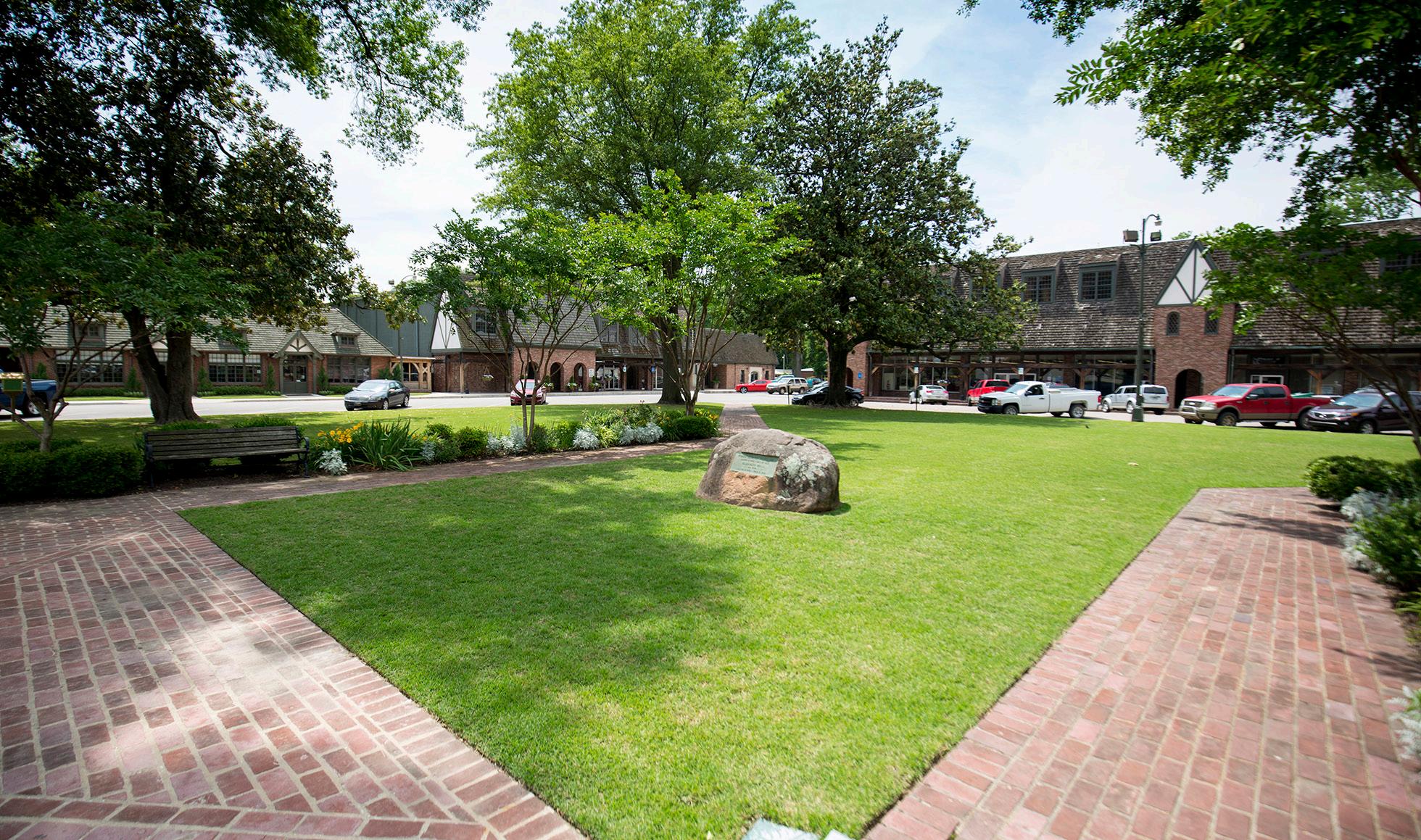

Gaylon is Gaylon Lawrence, Jr., whose family purchased majority shares of Farmers Bank in 1991, and is now the full owner of the bank. In 2010, Lawrence’s real estate company purchased 40,000 acres of farmland surrounding the town of Wilson, as well as the commercial buildings around the town square. Under the family’s guidance, and with the support of locals, Wilson has reached back to its roots to build a community for the community. The Farmers Bank Wilson branch, which opened August 28, is staffed by three Wilsonites: Sybil Gunn, Pam Senter, and Jessica Nash. “Our model is to keep local leadership, local control, local decisions. Because who knows the market better than people who live right here in the market as part of the community?” Scott noted. “We’re more of a local bank – we have a need for this community – and for this part of the county.” “Being a hometown banker means knowing the people in our community on a personal level. We know their families and share in events in their lives. Knowing our customers personally helps us to understand their banking needs and enables us to provide that service to them,” Gunn said. She is a longtime banker whose husband owns and operates Gunn’s Supermarket, the grocery store in Wilson. Senter and Nash were both born and raised in the area (Senter lives about 10 miles away in Keiser), and have a vested interest in the town’s success. “Our bank has many years of homegrown banking experience and with that we are able to give personal assistance to individuals and businesses in our community,” Nash said. “That is something that you don’t see in larger towns. We as Farmers Bank get to be a part of building our community.” The bank employees will tell you that hometown pride is nothing new to Wilson, and that the developments

The Arkansas Banker | November 2017The Arkansas Banker | November 2017 around town have just enhanced what was already present. “Recent improvements to Wilson have added more pride and enthusiasm to a town who already had a lot of pride. Wilson has always been a great town to raise a family and live in. We are seeing more young people staying and moving to Wilson.” Those young families are now able to stay because of an increase in the job market, due not only to the downtown revitalization, but also thanks to the new Big River Steel plant, which will employ 500 people when it is up and running. Another perk for families: the Delta School, a private school that takes a flexible, yet integrated approach to learning. The school itself draws in families from Jonesboro, Memphis, Marion, Blytheville, and beyond. If you’re wondering what’s drawing people to Wilson, the answer is a lot. Scott says that Wilson is almost like a “little tourist town” on the weekends, bringing people from Memphis, Little

Fast Facts About Wilson
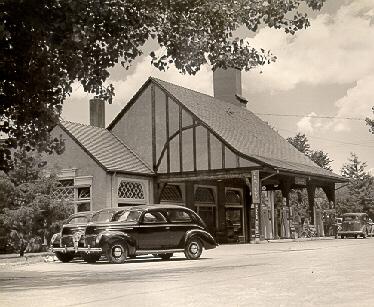
Wilson is located at the intersection of U.S. Route 61 and Highway 14, some 45 miles north of Memphis, Tenn.
Rock, and other areas to eat at the café, check out the shops, and see the unique architecture. Everyone is quick to mention the Wilson Café - the remodeled Wilson Tavern is run by two Memphis chefs, who put a modern twist on classic Southern meals. Just like any other small town eatery, you can see the same lunch crowd filtering in on a daily basis. And then there is the Hampson Archaeological Museum, which features a collection of artifacts that tell the story of native farmers who farmed the area. This museum has long been located on the north side of town, but will soon open in a new facility on the square. Wilson Gardens is a four-season source for local produce, with greenhouses, garden space, orchards, and pastureland. The staff at the garden utilize the outdoor classroom and interior demo kitchen to teach others how to grow and cook local foods. White’s Mercantile, which now inhabits the old Wilson Gas Station, is a gift shop
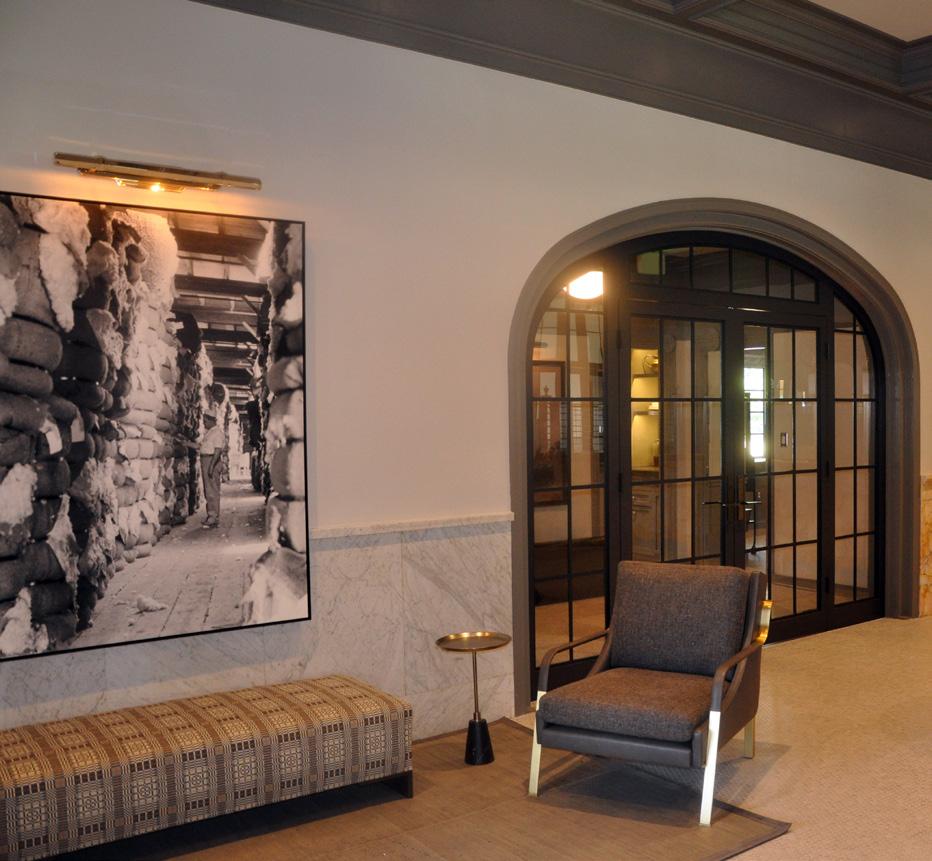
The population of Wilson is right above 900. It has hovered near the 1,000 citizenmark since the 1990s.
Wilson is a part of the Great River Road, the Blues Highway, and the Americana Music Triangle. The Wilson Music Series brings quarterly concerts to town and has seen such names as John Oates, Phil Vassar, and Sammy Kershaw.
filled with unique treasures, including local jewelry and eats. It is owned by Hank Williams, Jr.’s daughter, Holly Williams. Just down the road is the boyhood home of Johnny Cash in Dyess, the Hale Avenue Historic District of Osceola, and Arkansas State University’s Southern Tenant Farmers Museum in Tyronza. “With the improvements, we have visitors to our town on a near daily basis. We are proud of the improvements, such as the new museum, café, music series, and more festivals and shops,” Senter said. “We enjoy sharing that with visitors and newcomers.” So there it sits – a modern utopia of sorts – living, growing proof that a hometown bank’s investment in community reaches far beyond a bottom line. “Community banks play an important role in communities, and it is exciting for our bank to be a part of the rebirth of Wilson,” Scott said. “The anticipation of what this community will be like in five years and 20 years is exciting.” While it was founded in the late 1880s, the town of Wilson was incorporated in the 1950s.
A member of the Wilson family served as mayor of the town until 2010.
The town’s Tudor architecture was inspired by Robert E. Lee Wilson, Jr.’s honeymoon in the English countryside during the 1920s. Buildings built after that point were done so in the Tudor style, and standing buildings were retro-fitted to match the theme.
Wilson is home to the Hampson Archaeological Museum, which houses artifacts from the nearby Nodena site. This collection tells the story of a farmingbased civilization that lived along the banks of the Mississippi cultivating crops, hunting native game, and developing a strong art, religions, and political structure.

